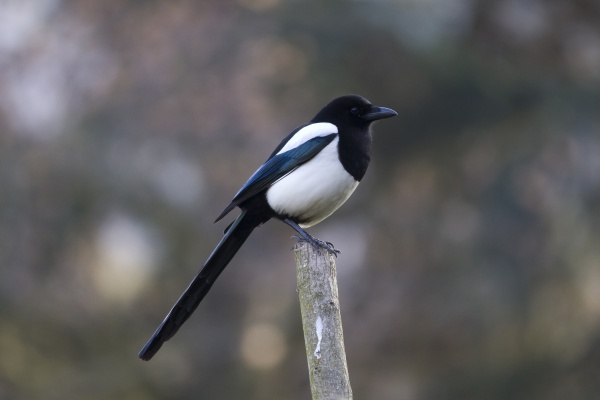Facts About Eurasian magpie
The Eurasian magpie, also known as the common magpie, is an intriguing bird that inhabits northern Eurasia. As a member of the crow family, this bird ranks among the most intelligent animals, not just among avians. Its striking black and white plumage and distinctive calls make it easily recognizable.
First documented in the 16th century, the Eurasian magpie has undergone various classification changes over time. Currently, it includes several subspecies distributed across different regions, with some birds previously considered subspecies now classified as separate species due to genetic research.
These magpies thrive in temperate regions from Spain and Ireland to Russia's Kamchatka Peninsula. They favor open landscapes with scattered trees. As omnivores, their diet is diverse, comprising insects, small mammals, eggs, carrion, and plants.
Regarding breeding, magpies exhibit strong fidelity, with pairs maintaining the same territory year after year. They construct their nests high in trees using sticks, earth, and clay. Typically, a female lays five to six eggs, which she incubates for approximately 21-22 days. Upon hatching, the young magpies leave the nest about 27 days later, with both parents participating in their care.
Eurasian magpies are renowned for their intelligence. They can recognize themselves in mirrors, use tools, solve problems, and even engage in complex social rituals. Some individuals have been known to live up to 21 years.
From a conservation perspective, the Eurasian magpie is thriving. With a global population estimated between 46 and 228 million, their numbers remain stable in Europe. This has earned them a "Least Concern" status from the International Union for Conservation of Nature.
Magpies have a rich presence in human culture, often enveloped in myths and superstitions. In many European countries, they are sometimes regarded as bad omens. Despite being perceived as threats to songbirds, research indicates that magpies do not significantly impact songbird populations.

 Georgia
Georgia